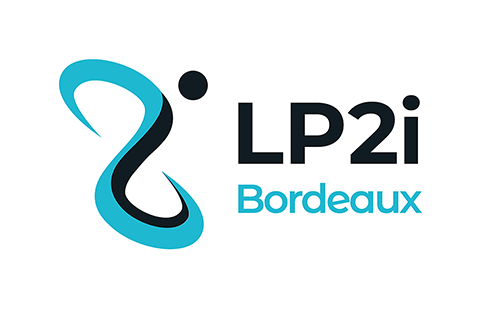Depending on your country, you may need to change your keyboard settings. By default, a french keyboard is configured. You can change it in two places :
- To change the keyboard in the login screen, click on the power icon on the top right corner, select the settings icon, then Keyboard. Then you can define your keyboard preference in the « Input » section
- To change the keyboard in a terminal screen, click on « fr » on the top right corner and then choose your keyboard
The default username account is local1 and it has the same password
You can configure entirely by your own your Virtual Linux Machine as root. The root password is mentioned in the README file
You may need to define an exchange directory between your host (Windows or MacOS) and the Linux virtual machine containing Geant4. To do that, in the VM menu for the VMware software, do as follows :
- Go to the Player menu,
- Select Virtual Machine Settings/Options/Shared Folders,
- Make sure the « Always enabled » option is selected,
- Select Add to chose a host path for a folder and give it a name like « shared »,
- Click Finish, then you should see the name of this directory appear in the « Host Path »,
- Then click OK
Under your Linux session, your exchange directory is located at /mnt/hgfs/name_of_share
You can increase the memory size of your Virtual Machine, especially if your PC has a large memory size available; for example, to do so with VMware, simply go to the Virtual Machine menu, select Virtual Machine Settings, Hardware and select the memory size you need
If your machine is equipped with more than two processors, you may choose the number of processors in the Virtual Machine menu (in the case of VMware), select Virtual Machine Settings, Hardware
You may change Geant4 environment user variables by adding a .ucshrc file located in the directory /home/local1
By default, the following Geant4 environment variables have been set to 1 :
- G4UI_USE_TCSH (for User Interface)
- G4UI_USE_QT (Qt interface)
- G4VIS_USE_OPENGLX (for Visualization)
You may create a new disk in your virtual machine in case you need more space for your data. All instructions are given in the above cited README file
Here is a text file for useful key combinations if you are using a Mac
Make sure to use the latest version of the virtualization software
Under Windows, you may encounter problems if the disks (internal & external hard drives, USB keys…) where you uncompress your files have been formatted in the FAT32 format. Use NTFS or exFat formatted disks (same remark for USB keys)
